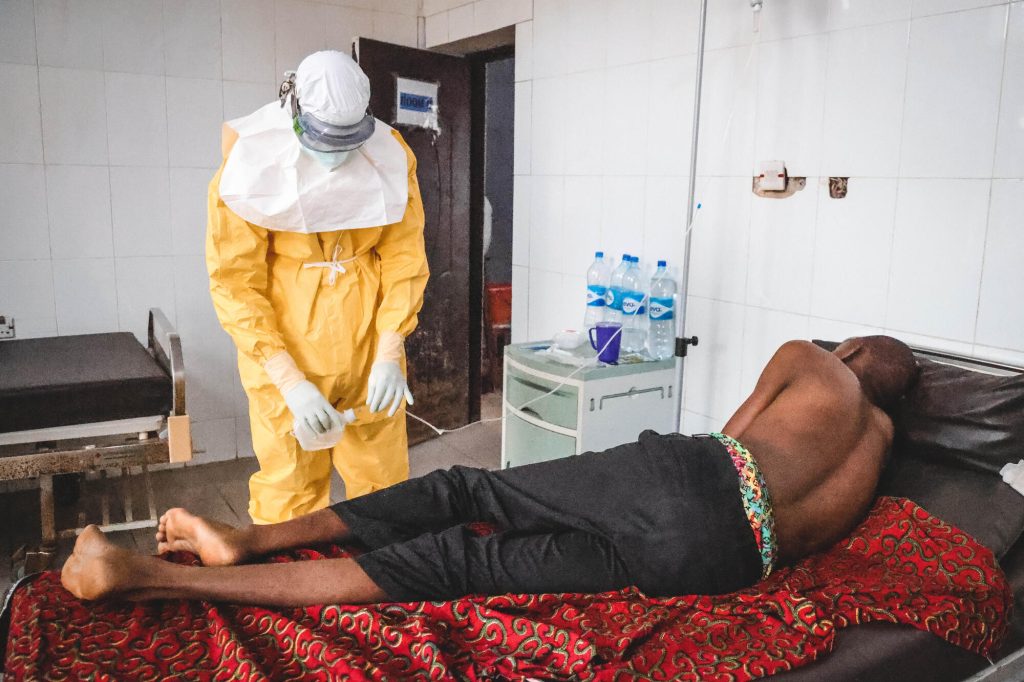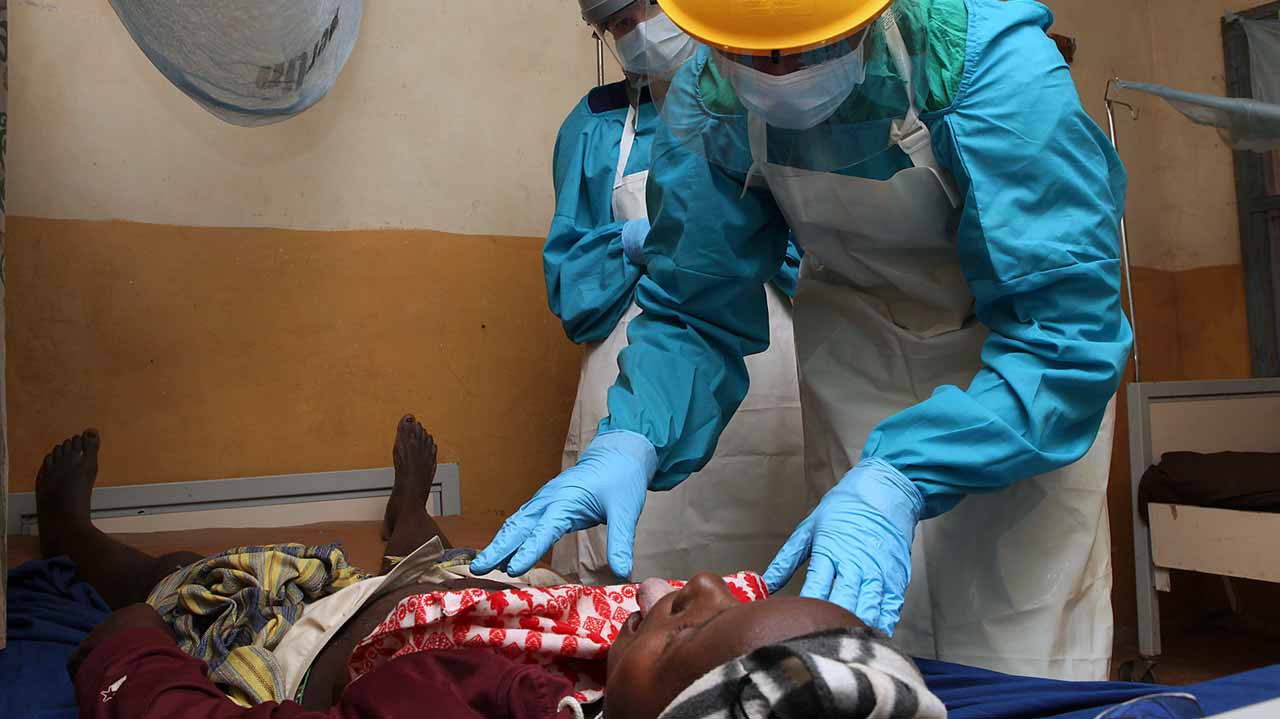Nigeria has seen a decline in Lassa fever cases, yet the fatality rate continues to raise alarm, the Nigeria Centre for Disease Control and Prevention (NCDC) has reported.
According to the latest NCDC data, while suspected and confirmed infections have dropped compared with the same period in 2024, the Case Fatality Rate (CFR) has increased. So far in 2025, 145 deaths have been recorded, corresponding to a CFR of 18.6 percent, up from 17.6 percent last year.
The NCDC described the reduction in cases as encouraging but emphasised that the persistently high death rate remains a serious concern for health authorities.
Weekly data showed cases fell from 11 in epidemiological week 29 to just three in week 30, reported in Edo and Ondo states. Since the beginning of the year, Nigeria has recorded 825 confirmed infections and 155 deaths across 21 states and 105 local government areas.

The majority of infections—89 percent—are concentrated in five states: Ondo (32%), Bauchi (23%), Edo (17%), Taraba (14%), and Ebonyi (3%). The most affected age group remains 21 to 30-year-olds, with a male-to-female ratio of 1:0.8.
Despite the drop in cases, the NCDC highlighted ongoing challenges, including late presentation to healthcare facilities, high treatment costs, poor environmental sanitation, and limited public awareness in high-burden regions.
Response measures during the week included clinical management training, public risk communication campaigns, rodent control programmes, distribution of thermometers for contact monitoring, and deployment of rapid response teams to affected states.
The NCDC urged Nigerians to adopt preventive measures such as safe food storage, maintaining environmental hygiene, and seeking medical attention promptly to curb the spread and reduce the severity of the disease.
Lassa fever is a viral haemorrhagic illness primarily transmitted through contact with the urine or faeces of infected rodents. It can also spread between people via bodily fluids, contaminated objects, or unsterilised medical equipment. Symptoms include fever, sore throat, headache, vomiting, muscle pain, and, in severe cases, bleeding from body openings.


 Trending
Trending 




